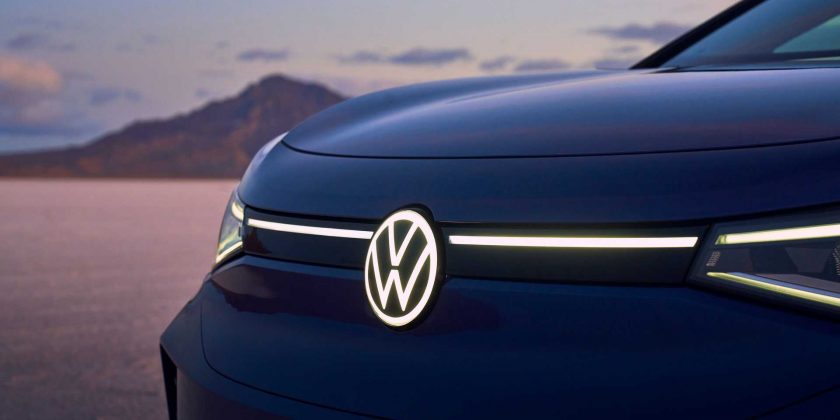VW’s upcoming top-tier EV will ride on all-new underpinnings with Level 4 autonomous driving capability.
Volkswagen is hard at work on its next-generation electric vehicle currently known as Project Trinity is expected to debut in 2026. It will be one of the first VW group vehicles to be built on a new dedicated electric vehicle architecture, called Scalable Systems Platform (SSP for short), that will allow for more range, more advanced tech and a slight rethink of VW’s business model (because most of the group’s models will end up using this platform).
The plan is for Trinity to be a more-or-less standardized proposition. In other words, there won’t be as many options as we have today, but users will be able to unlock features after they purchase the vehicle. Trinity will also come into compliment Volkswagen’s range of ID vehicles, not replace it, since it will be more focused on self-driving than more traditional core models.
And even if VW has said Trinity will be a four-door sedan, it’s really unlikely that, for instance, it will resemble today’s Arteon or Passat. The difference may, in fact, be even greater than what we notice between Mercedes’ new S-Class and its fully-electric equivalent, the EQS; the latter puts more emphasis on passenger space and therefore has a bigger greenhouse in relation to the entire length of the vehicle.
The SSP chassis architecture is also important to delve deeper into. It will eventually not only replace today’s MEB platform, but also the PPE platform used in the VW group’s larger and more luxurious electric offerings. PPE isn’t even out yet, but Audi used it to underpin its close-to-production A6 e-tron concept that recently bowed at the Shanghai auto show.
The plan is said to be for SSP to be used for around 80 percent of the VW group’s future models.
Autocar points out in its lengthy article that concentrates all bits of information about Project Trinity that one big aim with the SSP platform is to allow vehicles to be really low and sleek – one important characteristic of the platform is that it’s been designed to be very flat. This is obviously done to allow for the creation of a low and sleek body with a good aero coefficient, and thus help the vehicle they underpin achieve impressive range.
The first time we’ll get to see the SSP architecture used in a production model won’t be on a Volkswagen-badged vehicle, but on a newt-gen Audi electric sedan currently known as Artemis. It will be unveiled in 2024 and Audi promises that it will be a revolution, but it doesn’t say in which ways.
Source:Autocar
Source: Read Full Article
